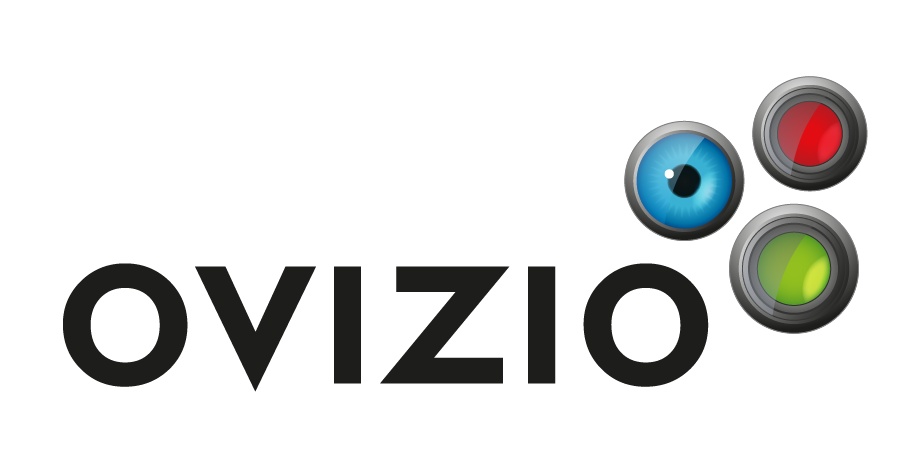Viral vectors are increasingly gaining importance in vaccine development, gene therapy and as oncolytic vectors. Vesicular stomatitis virus (VSV), an enveloped virus carrying a negative-sense RNA genome, has proven to be an excellent vaccine vector candidate against infectious diseases and specific cancers.
A variety of assays are available to determine yield of physical particles as well as infectious particles. However, several of the most well-characterized methods, such as plaque assays and tissue culture (TC) infectious dose 50 (TCID50) assays, are associated with a wide variance and are also time- and labor-intensive. Therefore, rapid and reliable means of assaying virus products are welcome advances, especially if the assay easily adapts to multiple product lines.
In this report, we describe a novel viral infection analysis method using a live VSV-based Lassa virus (LASV) vaccine candidate. The recombinant VSV has been genetically altered to express the LASV Josiah glycoprotein (VSVΔG/LASVGP), and infection in Vero cells was examined by microscopy using the Ovizio qMod camera and OsOne software. We assessed characteristics of infected Vero cells over the course of infection, obtained feature measurements of individual cells and examined very early biophysical distinctions of infected cells.
Process Development, Ology Bioservices, Alachua, FL 32615, USA
Isabel Scholz*, Christopher Montoya & Eric Vela
